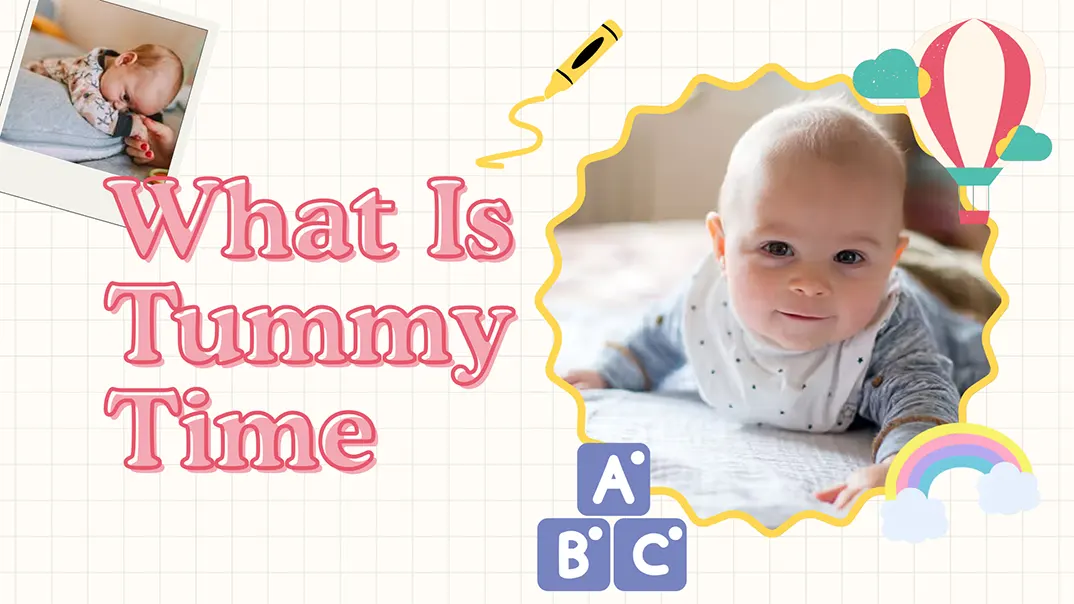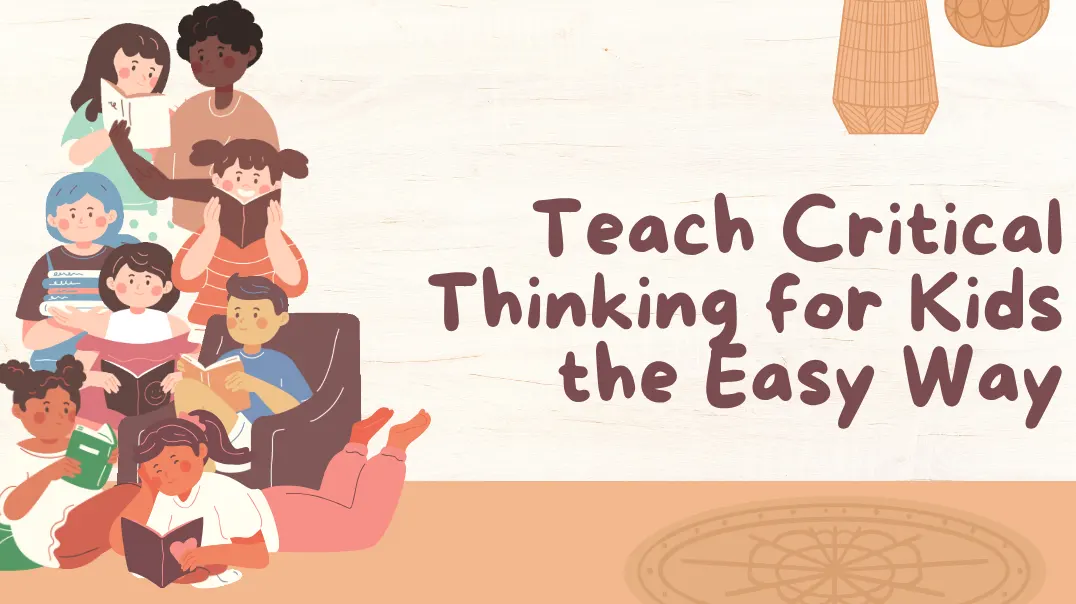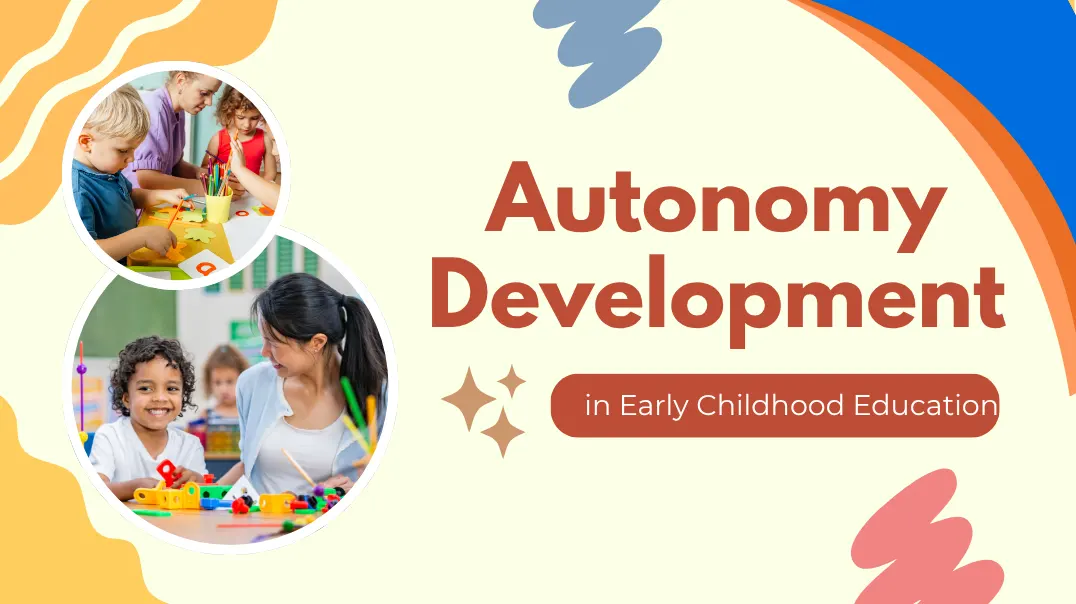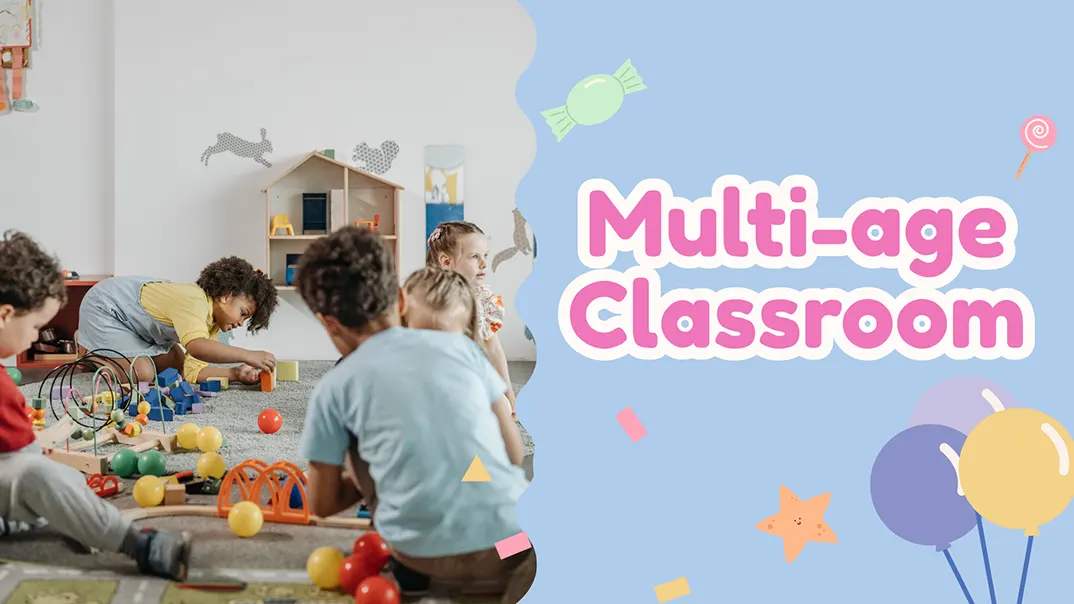Introducing young children to science activities for preschoolers can be challenging for parents and educators alike. How can we provide meaningful, safe, and fun learning experiences that encourage exploration and learning?
Without engaging in age-appropriate science activities at this stage, children may miss valuable opportunities to develop curiosity, problem-solving skills, and a love for learning—all key to their development.
Science activities spark preschoolers’ curiosity and provide important learning moments. These activities promote critical thinking, communication, and fine motor skills, showing that science activities can be a meaningful part of early childhood learning, whether through indoor science activities for preschoolers on rainy days or outdoor science activities for preschoolers during warmer weather. Let’s see how these science activities can transform everyday play into learning!
Significance of Science Activities for Preschoolers
Introducing children to science activities for preschoolers provides more than just entertainment. It nurtures essential skills, from curiosity and communication to creativity and collaboration.
Encouraging Curiosity
Curiosity fuels learning. When preschoolers engage in hands-on science activities, they are naturally encouraged to ask questions, investigate answers, and learn from results. Activities that invite children to explore, observe, and wonder lay the groundwork for lifelong learning.
Enhancing Literacy Skills
Through science activity for preschoolers, children develop language skills by following instructions, describing their actions, and discussing outcomes. When children experiment with concepts like color mixing or floating and sinking, they expand their vocabulary with terms like “reaction,” “density,” and “observation.”
Fostering Collaborative Learning
Many science activities are more engaging in groups. Working together to solve problems or observe changes allows children to practice teamwork, listening, and turn-taking. Collaborative activities promote social-emotional development, helping children learn how to express ideas and work together.
Cultivating Creativity
Science and creativity go hand-in-hand. Preschoolers experiment with different approaches, trying new ways to achieve results. Whether crafting a DIY lava lamp or designing a mini greenhouse, children see firsthand how science can be a creative, fun experience.
Building Critical Thinking Skills
Observation, experimentation, and reasoning are integral parts of science activities for preschoolers. These experiences build critical thinking skills, teaching children to make predictions, test hypotheses, and learn from their findings.
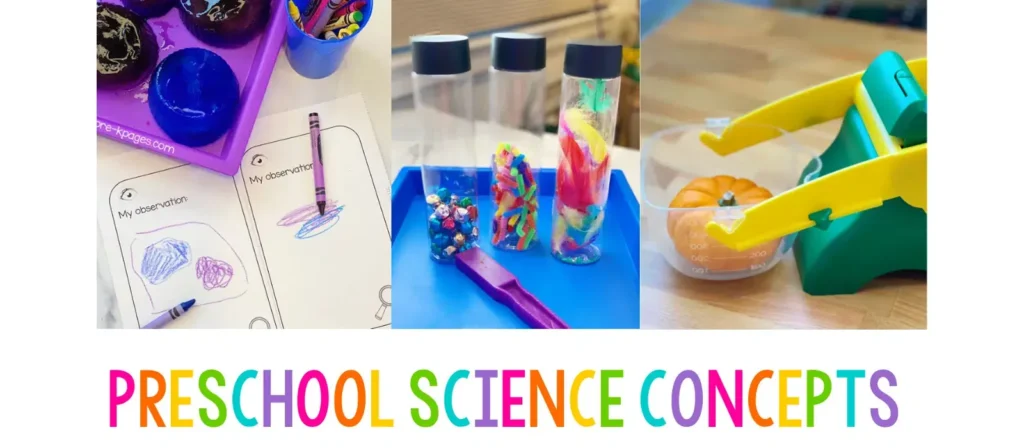
Key Science Concepts for Preschoolers
Science activities help children grasp foundational concepts and begin to understand the world around them:
- States of Matter: Introducing concepts like solids, liquids, and gases with simple science activities such as water play and ice melting.
- Physics of Motion: Exploring basic physics through activities involving gravity, balance, and movement.
- Life Sciences and Botany: Engaging children with science activities for preschool that focus on plants, animals, and ecosystems.
- Chemistry Basics: Using everyday items like baking soda and vinegar to illustrate basic chemical reactions in a safe, age-appropriate way.
Transform Your Classroom with Custom Furniture Solutions
Preparing for Science Activities in Preschool
To set up engaging and safe science activities for preschoolers, thoughtful planning is essential.
1. Establishing a Supportive Learning Environment
Setting up a science center where children feel safe to explore can spark their interest in science. Creating a dedicated science area using preschool furniture, with organized materials at child height, including sensory and Montessori science activities for preschoolers, encourages children to experiment independently and confidently.
2. Integrating Relevant Learning Themes
Link science activities to current preschool themes or seasonal changes, like fall science activities for preschoolers exploring leaves or winter activities for science investigating ice. Children can relate experiments to their knowledge by connecting science with themes, creating a cohesive learning experience.
3. Selecting Suitable Experiments
Choose easy science activities for preschoolers with visible, exciting results, like color-changing reactions or floating and sinking tests. Activities should be engaging and visually stimulating to capture preschoolers’ attention while introducing them to scientific principles.
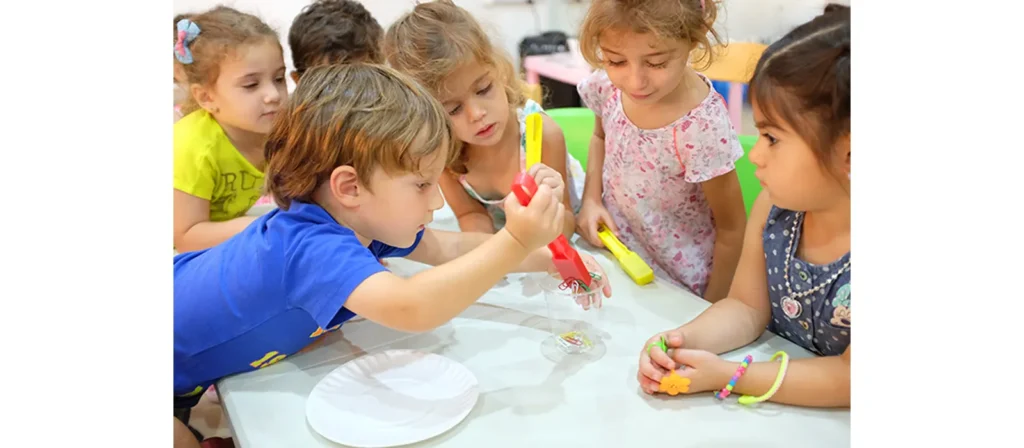
4. Designing a Step-by-Step Experimental Process
Clear, step-by-step instructions allow preschoolers to follow experiments confidently. Visual aids or diagrams can simplify the process, helping children stay focused and engaged.
5. Choosing Appropriate Materials
Use materials that are accessible, affordable, and safe for young children. Common household items like water, food coloring, and baking soda make activities easy to replicate at home, encouraging children to explore science in familiar settings.
Discover Our Full Range of Products
Get access to our comprehensive catalog featuring top-quality furniture and play equipment for kindergartens and schools.
6. Emphasizing Safety
Safety is a priority for preschoolers’ science activities. Avoid small parts, use child-safe materials, and always supervise children. Teaching simple safety habits, such as handwashing after experiments, builds responsible habits.
32 Engaging Science Activities for Preschoolers
These preschool science activities encourage curiosity, enhance sensory exploration, and introduce foundational science concepts. Whether indoors or outdoors, each science activity provides children with hands-on opportunities to observe, test, and learn about the world around them. These activities can be tailored to different seasons, making them versatile for winter, spring, summer, or fall science activities for preschoolers. Let’s dive into 32 easy, engaging, and educational ideas for young learners!
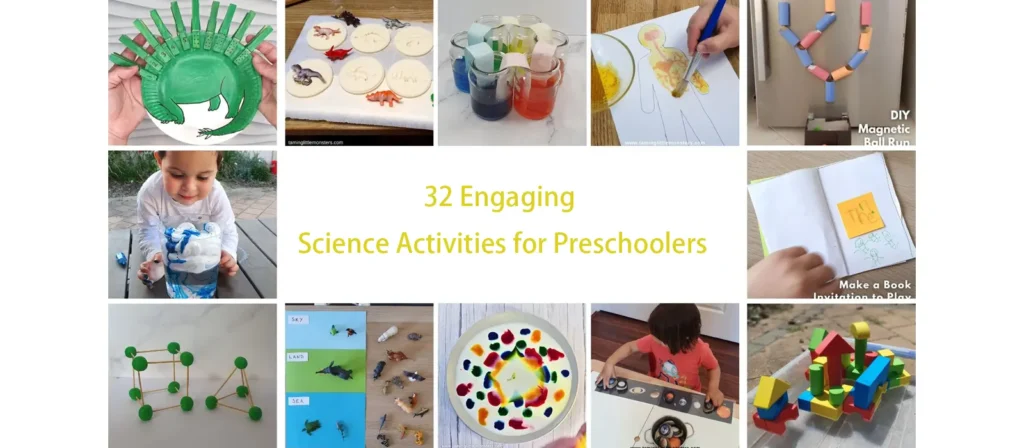
1. Color Mixing with Water
This science activity for preschoolers introduces them to color theory in a simple, hands-on way. Fill clear cups with water and add a few drops of primary colors like red, yellow, and blue. Allow the children to mix colors in new cups to create secondary colors such as green, purple, and orange. This indoor science activity for preschoolers also doubles as a sensory experience as they watch colors blend in real time.
2. Baking Soda and Vinegar Volcano
A classic among science activities for preschool, this volcano experiment uses baking soda and vinegar to simulate an eruption. Have children place baking soda in a small cup, add a few drops of red food coloring, and then pour vinegar. The resulting fizz and foam offer a safe, engaging way for preschoolers to learn about chemical reactions.
3. Nature Scavenger Hunt
Take preschoolers on an outdoor scavenger hunt, searching for natural items like leaves, rocks, and flowers. This outdoor science activity for preschoolers builds observation skills while teaching them about the diversity in nature. Encourage them to observe and describe each item, fostering curiosity and vocabulary growth.
4. Floating and Sinking Experiment
In a large bowl or bin filled with water, let children test objects like coins, leaves, and small toys to see which float or sink. This activity science for preschool learners introduces them to concepts of density and buoyancy, encouraging them to make predictions and test their ideas.

5. DIY Rain Cloud in a Jar
This is a fantastic spring science activity for preschoolers to introduce them to the weather. Fill a clear jar with water and add a layer of shaving cream on top. Let them drop blue food coloring onto the “cloud” and watch the blue “rain” filter down. Explain how clouds form rain, making the activity educational and visually engaging.
6. Plant Growth Observation
Plant seeds in clear plastic cups and let children observe as the roots, stems, and leaves grow. This science learning activity for preschoolers helps them understand plant life cycles and the needs of living things, such as water and sunlight.
7. Ice Melt Exploration
Freeze small toys or objects in ice blocks, then let children explore ways to melt the ice using salt, warm water, or even their hands. This winter science activity for preschoolers teaches them about the effects of temperature on matter while providing a fun, hands-on experience.
8. Shadow Play
Use a flashlight in a dark room to cast shadows and allow children to experiment with creating their shadow puppets. This activity introduces preschoolers to light and shadow and is also great for developing creativity. It’s perfect as an indoor science activity for preschoolers during cooler seasons.
9. Homemade Lava Lamp
Fill a clear bottle with water, add a layer of oil and food coloring. Finally, drop in an Alka-Seltzer tablet, and watch bubbles rise and fall. This science sensory activity for preschoolers teaches them about density and chemical reactions in a visually captivating way.
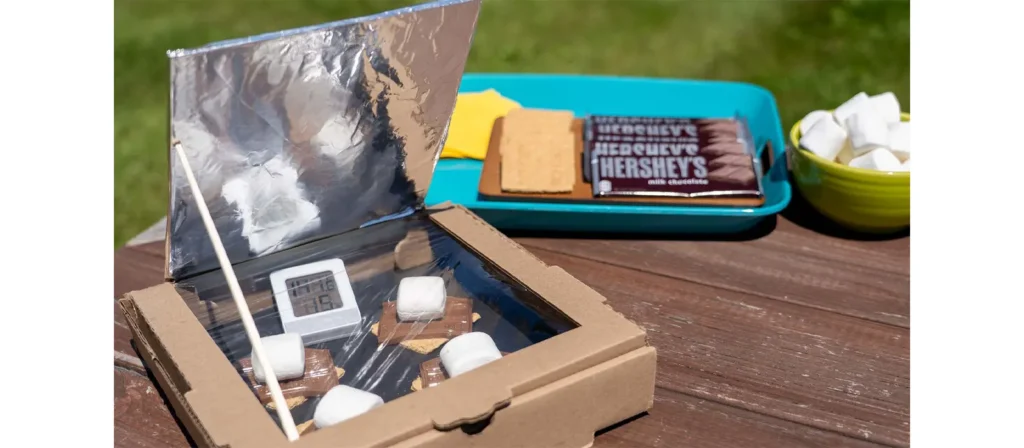
10. Solar Oven S’mores
Create a solar oven to melt marshmallows and chocolate on graham crackers using a cardboard box, aluminum foil, and plastic wrap. This fun summer science activity for preschoolers introduces them to solar energy and heat absorption in a safe, simple, and delicious way.
11. Rainbow in a Jar
Layer different liquids of varying densities in a clear jar to create a rainbow effect. Use liquids such as honey, dish soap, water, and oil, allowing the colors to settle into distinct layers. This science activity for preschoolers explores density while creating a vibrant visual effect that preschoolers will find fascinating.
12. Exploring Sound with Homemade Instruments
Create simple instruments like shakers or drums using household materials such as rice in containers or pots and wooden spoons. Let children experiment with sound, teaching them about vibrations and rhythm. This is one of the best science and sensory activities for preschoolers for exploring sound.
13. Nature Art
Have children collect natural items such as leaves, rocks, and flowers, then create art by pressing these items onto paper with paint or crayons. This fall science activity teaches preschoolers about textures and colors found in nature while nurturing creativity.
14. Food Chain Game
Introduce preschoolers to the concept of a food chain by using toy animals or drawings. Help them understand the relationships between plants, herbivores, and carnivores in a simple, age-appropriate way. This science learning activity for preschoolers introduces early ecological relationships.
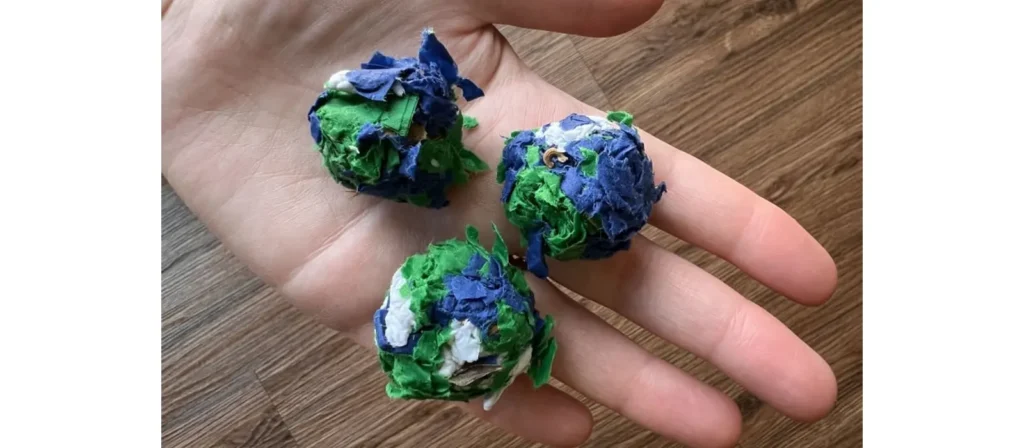
15. DIY Seed Bombs
Mix clay, soil, and seeds to create seed bombs that can be planted in a garden. Once thrown into the soil, these seeds will grow into plants, teaching children about the life cycle of plants and the importance of greenery.
16. DIY Mini Greenhouse
Using small plastic containers, help preschoolers create mini-greenhouses. Plant seeds inside, water them and cover them with a lid. This experiment shows how greenhouses retain warmth and moisture, ideal for discussing plant growth and climate with preschoolers.
17. Bubble Experimentation
Combine water, dish soap, and glycerin to create bubbles, then let children blow them and observe their shapes and colors. This science fun activity for preschoolers explores surface tension and provides an enjoyable sensory experience.
18. Balloon Rockets
Blow up a balloon and let it go to demonstrate air pressure and propulsion. This science activity for preschoolers teaches basic physics concepts while allowing kids to make predictions about the balloon’s path.
19. Cloud Watching
Lie down outdoors and observe clouds. Discuss the different shapes and types, encouraging preschoolers to imagine animals or objects. This outdoor science activity for preschoolers teaches observation skills and introduces them to meteorology.
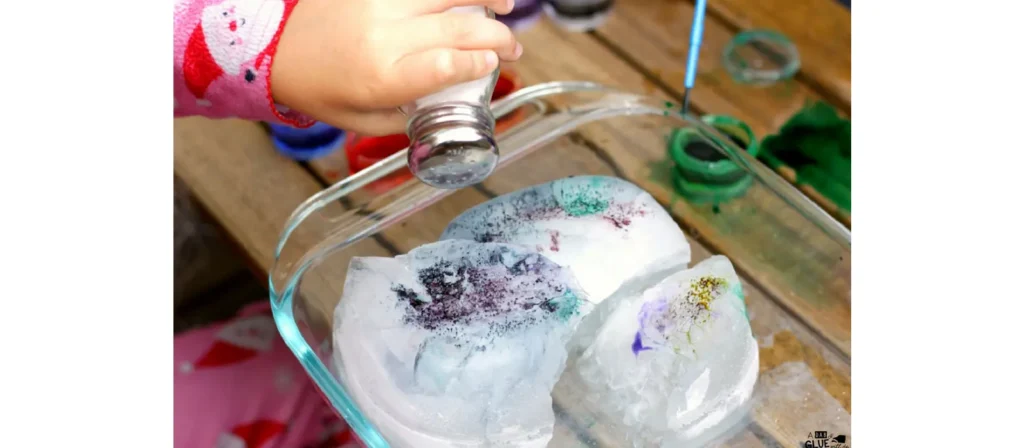
20. Salt and Ice Experiment
Place salt on ice cubes and observe how the ice melts faster. The salt lowers the ice’s freezing point, making it an excellent winter science activity for preschoolers to understand freezing and melting.
21. Exploring Magnets
Give preschoolers magnets and a variety of objects to test their magnetism. This Montessori science activity for preschoolers encourages hands-on exploration and introduces the concept of magnetic forces.
22. Sink or Float with Fruits
Using different fruits like apples, oranges, and bananas, ask preschoolers to guess if each will sink or float before testing it in water. This math science activity for preschoolers introduces basic concepts of density.
23. Egg in Vinegar
Place an egg in vinegar and let it sit for a few days. Preschoolers can observe as the shell dissolves, leaving a bouncy, rubbery egg. This is an excellent example of open-ended science activities for preschoolers that introduce them to chemical reactions.
24. Earthworm Observation
Head outdoors to observe earthworms in the soil. Preschoolers can observe how earthworms move and discuss their role in the ecosystem. This outdoor science activity for preschoolers encourages respect for nature.

25. Simple Circuit
Create a simple circuit using a small battery, wire, and light bulb. This science center activity for preschoolers introduces them to electricity basics and how circuits work in a safe, controlled way.
26. Leaf Rubbing
Place a leaf under a sheet of paper and rub a crayon over it, capturing its texture and shape. This activity teaches children about plant anatomy while allowing them to create artwork.
27. Sunflower Growth
Plant a sunflower seed and measure its growth weekly, allowing children to see the effects of sunlight and water on plants. This summer science activity for preschoolers builds responsibility and introduces plant life cycles.
28. Water Cycle in a Bag
Fill a resealable bag with a small amount of water, then tape it to a sunny window. Preschoolers can watch water evaporate and condense, giving them a firsthand look at the water cycle.
29. Exploring Simple Machines
Using toy pulleys or levers, demonstrate simple machines and how they make tasks easier. This creative science activity for preschoolers introduces basic mechanical principles.
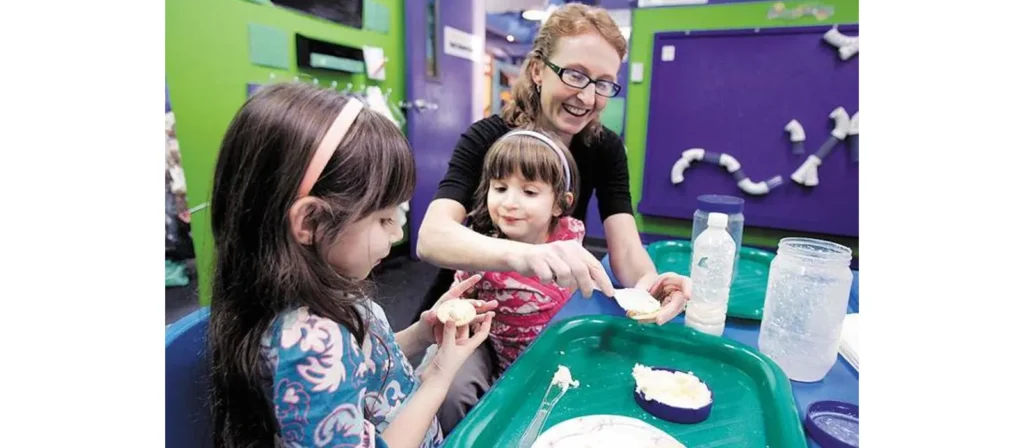
30. Making Butter
Shake heavy cream in a jar until it turns to butter. This fun kitchen science activity introduces children to emulsification and teaches them about changes in texture.
31. Color Sorting
Encourage preschoolers to sort objects by color using various colorful items. This math and science activity for preschoolers introduces sorting skills and helps them recognize patterns in a fun, hands-on way.
32. Erupting Rainbow Colors
Place small amounts of baking soda in muffin cups, add different food colors, and then drop vinegar in each. Watch as each color fizzes up like a rainbow eruption. This vibrant science sensory activity for preschoolers introduces chemical reactions colorfully.
Conclusion
Incorporating these science activities for preschoolers into daily routines enhances curiosity and helps build foundational skills like critical thinking, creativity, and teamwork. Each activity allows children to explore concepts hands-on, making learning fun and meaningful. By nurturing this early love for discovery through creative science activities for preschoolers, you’re setting the stage for a lifetime of curiosity and a deep appreciation for the world around them. So, gather your materials, prepare your young scientists, and enjoy the endless possibilities science can offer any time of year!


